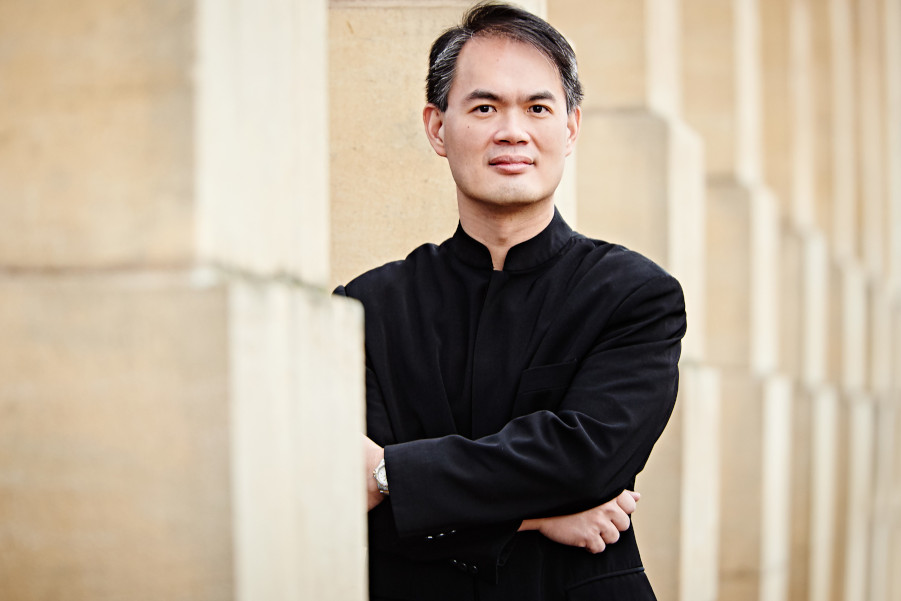Joseph Haydn is one of the most important composers of the Classical era. Music historians rightly regard him as the father of the symphony, and performers and listeners continue to be amazed at the richness of inventiveness in his works. During the concert of the NFM Leopoldinum Orchestra conducted by Wilson Hermanto, two symphonies written by this artist will be heard. The programme also features one of his cello concertos, in which the solo part will be performed by Daniel Müller-Schott. The programme will be complemented by the work of Anton Webern, one of the classics of the twentieth-century avant-garde.
Symphony No. 22 in E flat major “The Philosopher” is among the early works of Joseph Haydn. It was created in 1764, when the composer was working for Prince Nikolaus Esterházy. The subtitle “The Philosopher” was not given by Haydn, but it is certain that it was created during his lifetime. A copy of this work, made in 1790 and coming from Modena, contains this subtitle on the title page (the manuscript does not mention it!). The composition is scored for two English horns, two French horns and strings (this is the only symphony in history designed for such a line-up). The subtitle refers to the dialogue between English horns and French horns that begins the slow first movement. Commentators saw this passage as a learned disputation, in which one of the characters asks a question and the other gives an answer.
This will be followed by the Cello Concerto No. 2 in D major, a work completed in 1783, almost two decades after the Symphony in E flat major. It is a lyrical rather than virtuoso piece, cheerful and full of beautiful melodies. For many years, researchers were unsure whether it was Haydn’s work. The doubts were resolved only after the discovery of the composition’s autograph in 1951.
The second part of the concert will start with the Langsamer Satz by Anton Webern. The genesis of this piece is related to a romantic story. The young Weber went on a trip with his cousin, Wilhelmine Mörtl, and soon a feeling blossomed between them, and they got married. This concise, melodious and emotional composition bears no resemblance to Webern’s later experimental works. In the finale, the artists will return to the works of Haydn and perform Symphony No. 49 in F minor “La passione”. It belongs to a group of works written in the period of Sturm und Drang. Strong emotions then came to the fore, expressed in a radical way – by means of unusual transitions from one key to another, emphatic pauses or rapid changes in dynamics. This music was intended to arouse the feelings of the listeners, and the composer definitely achieved this goal in the gloomy and dark “La passione”.

